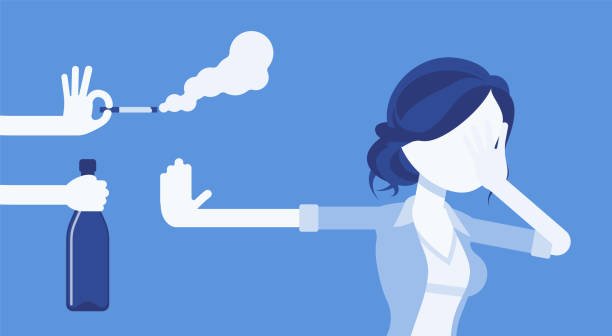The Importance of Educating Young People on Risky Behaviours?
Skip to content
Skip to footer
The Importance of Educating Young People on Risky Behaviours?
The Importance of Educating Young People on Risky Behaviours?

